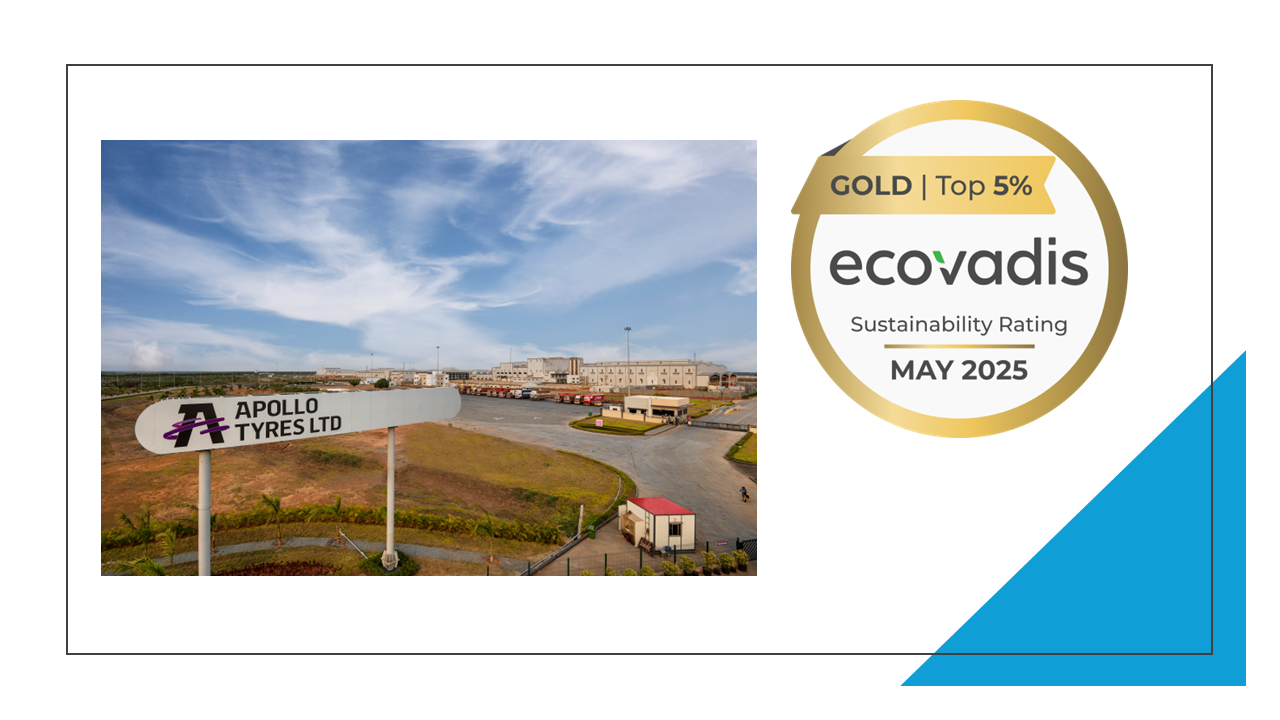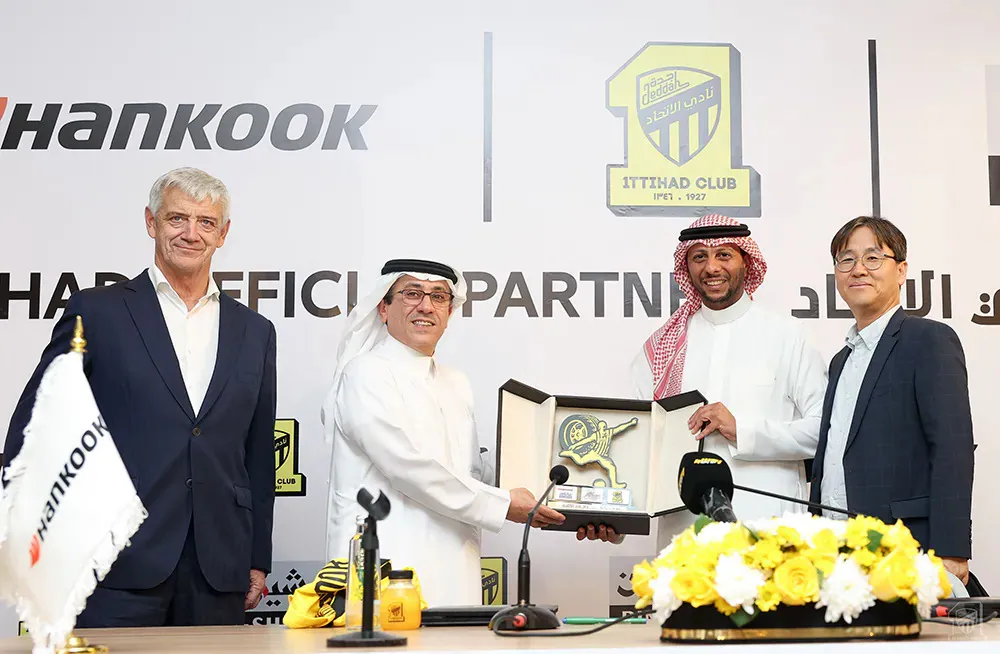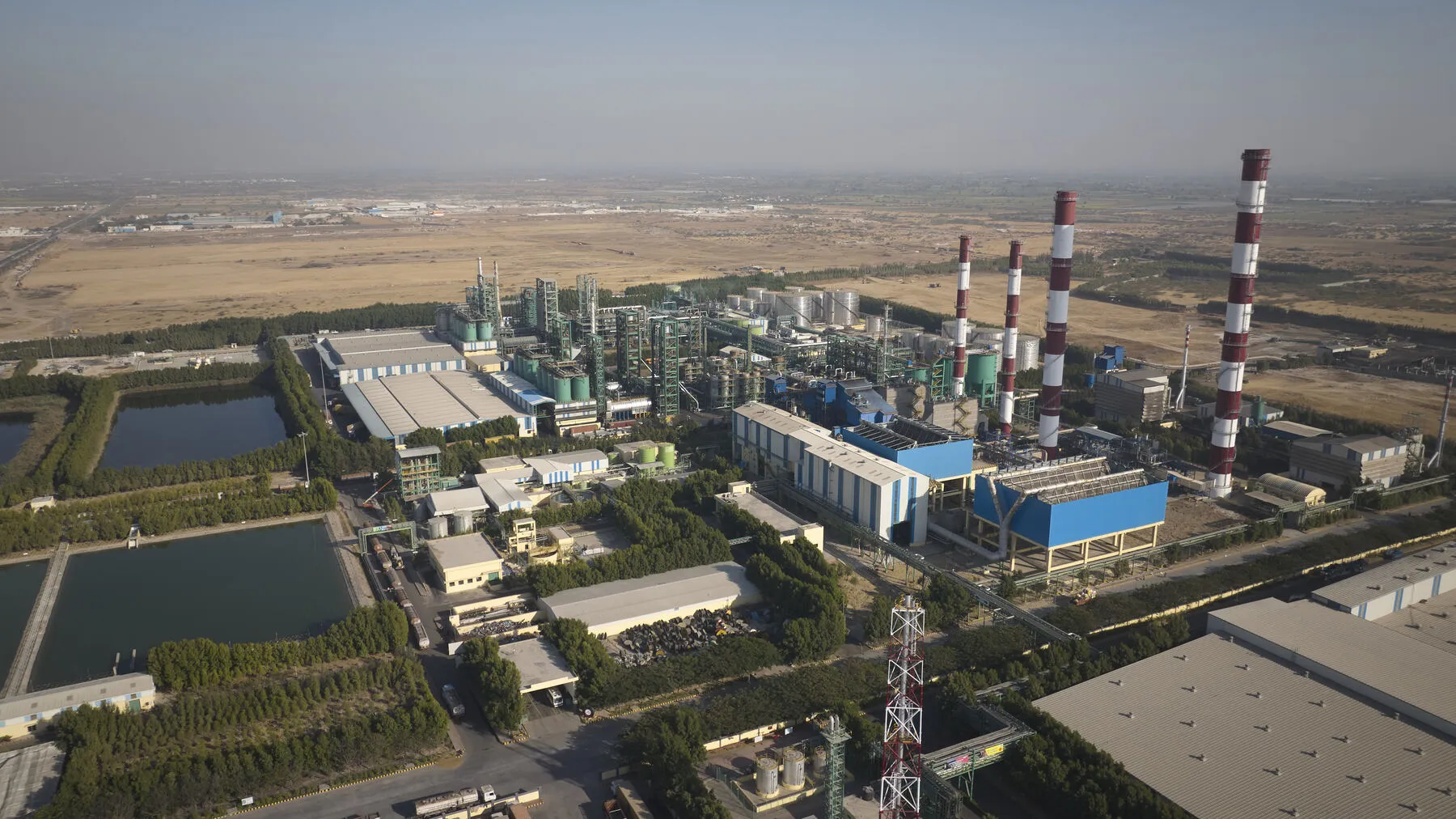Recycling is primarily driven by legislation and profit; without both, there is a real challenge for the environment.
Tyre Recyling – a Challenge in SE Asia
We could look at tyre recycling in Europe, which is by no means perfect, but the key driver was the ban on the landfill of car and truck tyres in 2011. This created a scenario where the industry was pushed to deal with its waste. The tyre industry knew this legislation was coming, as did various national governments, and they prepared a producer responsibility ethos. For the most part, this saw Extended Producer Responsibility (EPR) agencies established to handle the waste tyre arising from key tyre manufacturers and importers; if they sold 100,000 tyres, they had to recover 100,000 tyres.
The majority of EU countries opted for an EPR management scheme (or schemes), with the notable exceptions of the UK and Germany. They operate a free market but still claim a high recovery rate – higher than 80 per cent. Denmark has a tax-based tyre management system.
This sounds good when we look at European Tyer & Rubber Manufacturers Association (ETRMA) figures showing recovery rates as high as 99 per cent. However, we need to remember that these are just the collection rates. The recycling rates are not so crystal clear…..
Are you enjoying reading this article. Click here to read more…
东南亚轮胎回收需要推广
回收主要需要靠立法和利润来驱动。没有这两样,环境就会面临真正的挑战。
我们可以看看欧洲的轮胎回收,它也不是完美的,但欧洲在2011 年禁止填埋汽车和卡车轮胎是关键驱动因素,而这创造了一个行业被迫处理其废物的情景。轮胎行业和各国政府都知道这项立法即将出台,生产者因此必须做好负起责任的准备。在大多数的情况下,应运而生的生产者责任延伸 (EPR) 机构会负责处理主要轮胎制造商和进口商产生的废旧轮胎。如果他们卖了 100,000 条轮胎,他们就必须收回 100,000 条轮胎。
大多数欧盟国家都选择了EPR管理计划(或多个计划),英国和德国除外。他们经营一个自由市场,但仍然声称回收率很高——高于 80%。丹麦则有一个基于税收的轮胎管理系统。
当我们查看显示回收率高达 99% 的欧洲轮胎和橡胶制造商公会(ETRMA)数据时,看起来不错。但我们需要记住,这些只是收集率。回收率就不是那么清楚了…..
点击读全文…







